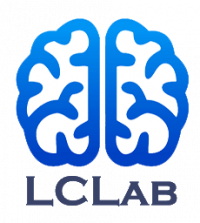分享到
Genes in immune pathways associated with abnormal white matter integrity in first-episode and treatment-naïve patients with schizophrenia
2019
期刊
The British Journal of Psychiatry
作者
Bo Xiang
· Qiang Wang
· Wei Lei
· Mingli Li
· Yinfei Li
· Liansheng Zhao
· Xiaohong Ma
· Yingcheng Wang
· Hua Yu
· Xiaojing Li
· Yajing Meng
· Wanjun Guo
· Wei Deng
· Hongyan Ren
· Tao Li
- 卷 214
- 期 5
- 页码 281-287
- Royal College of Psychiatrists
- ISSN: 0007-1250
- DOI: 10.1192/bjp.2018.297



